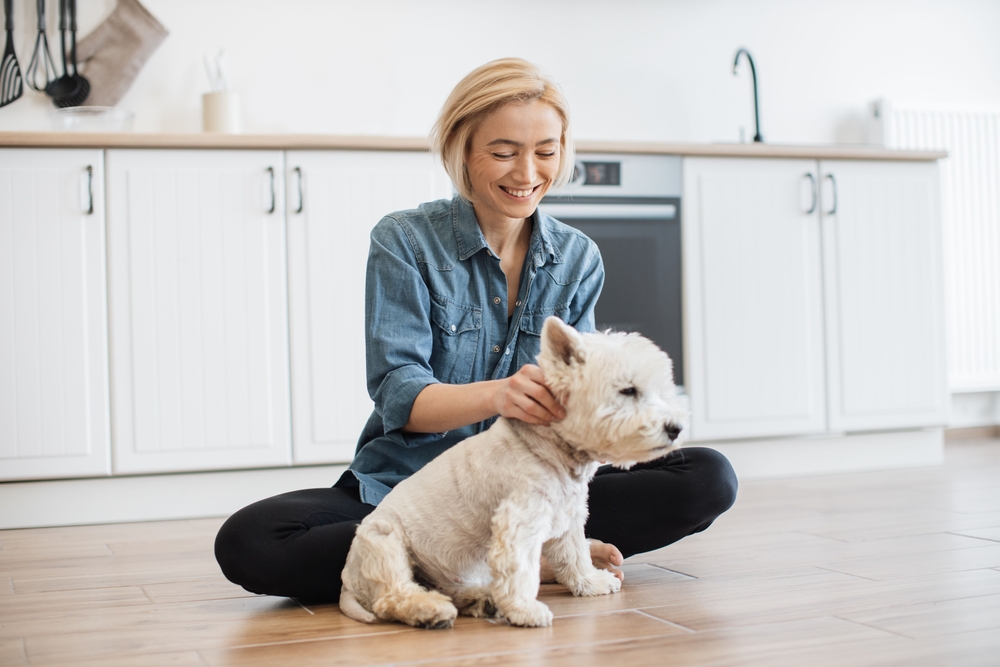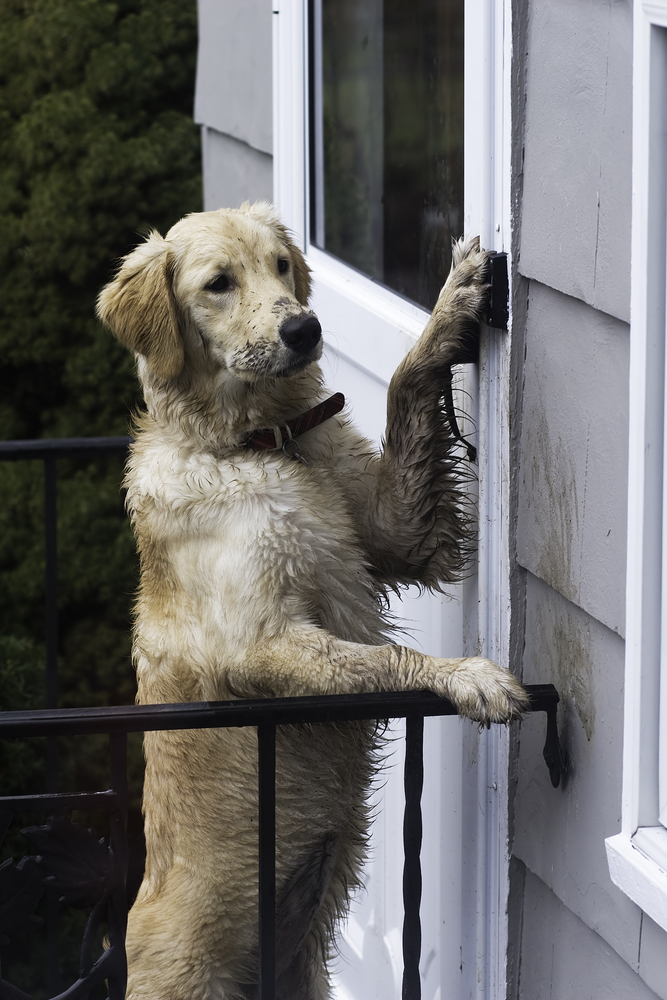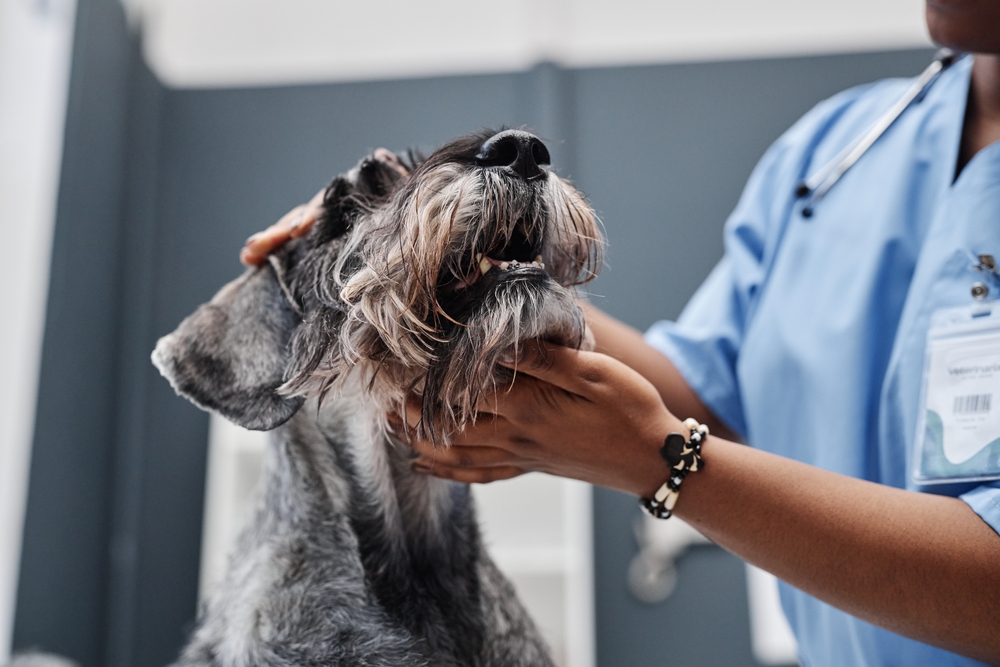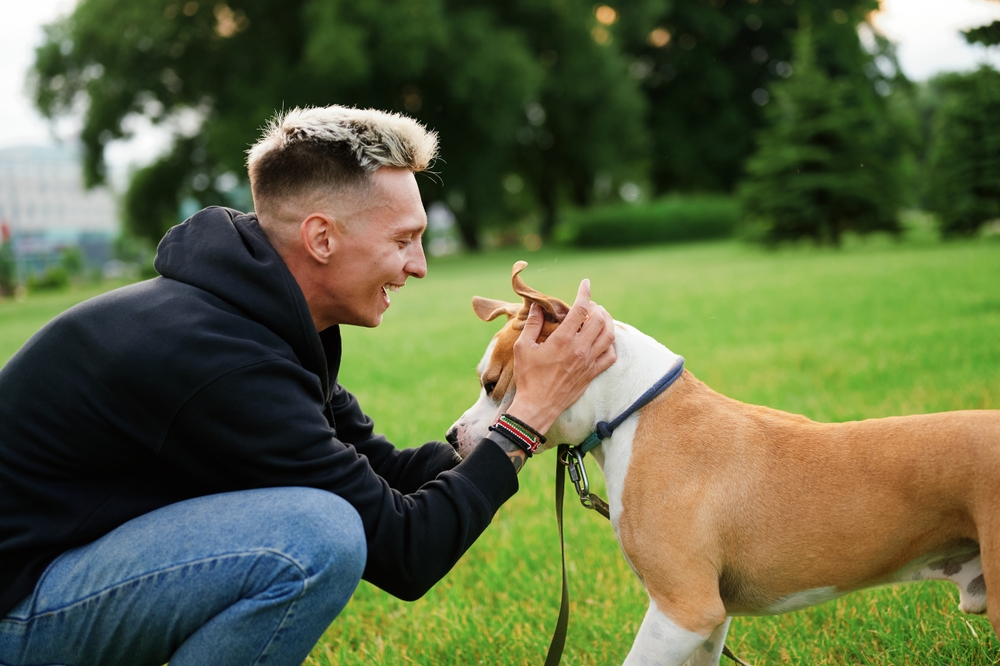
Have you ever watched your dog drift into bliss the moment your hand finds their ears? Eyes soft, body still, a sigh that sounds like gratitude in its purest form. It’s more than cute—it’s chemical. Behind that serene expression is a biological symphony, a cascade of feel-good hormones sparked by the simplest of gestures. And what if I told you, in that small moment of connection, your dog is actually getting high—on happiness?
This isn’t just about petting—it’s about presence. About understanding how something as ordinary as an ear rub can become a powerful tool for emotional and physical well-being. Not just for them, but for us too. Because when we slow down enough to really see our dogs, to touch with intention instead of habit, we start to realize how deeply they communicate without words—and how healing that connection can be.

The Science Behind the Ear Rub “High”
You know that look your dog gives you when you’re scratching behind their ears—the eyes half-closed, the deep sigh, the body slowly leaning into your hand like it’s the only place they want to be. That’s not just affection—it’s chemistry.
Beneath the soft fur and floppy ears lies a rich network of nerves intricately connected to a dog’s internal organs. These nerves travel through vital parts of the brain like the hypothalamus and pituitary gland. When stimulated—especially through gentle, deliberate touch—they trigger the release of endorphins, the body’s natural “feel-good” chemicals. According to veterinarian Dr. Candy Akers, “Rubbing a dog’s ears stimulates sensitive nerve endings, leading to the release of certain endorphins… that can calm and relax your dog.” In essence, what we might casually call a “high” is actually a surge of natural happiness and peace.
Think of it like a dog’s version of a mental massage. Just as people relax during a foot rub or a shoulder massage due to pressure points and reflex pathways, dogs experience something similar—especially through their ears. Reflexology, a therapeutic method that applies pressure to specific points on the body, supports this idea. In dogs, the ears are mapped with pressure points tied to various organs and muscle systems. When touched gently, these points don’t just feel good—they activate a sense of physical and emotional balance.
And yes, this touch doesn’t just help the dog. Studies and veterinary experts also point out that when you rub your dog’s ears, your own body releases feel-good hormones too—reducing anxiety and boosting emotional wellness for both human and canine.
But here’s the catch: not all dogs are wired the same. While some melt at a gentle ear massage, others may flinch or pull away, especially if they’ve had bad experiences or underlying ear sensitivity. In these cases, what’s intended as love can trigger discomfort or even aggression. That’s why awareness and attunement are key. If your dog leans in and lets out that slow, blissful exhale—you’re doing it right. If they wince or shy away, it’s time to pause and perhaps consult a vet, particularly since ear infections are common in dogs due to their unique ear canal shape.

More Than a Massage — Strengthening the Human-Canine Bond
To a dog, touch isn’t just a gesture—it’s a message. Every time you rub their ears, you’re speaking a language they understand on a primal level. Dogs are social animals, hardwired for connection, and when you engage in physical affection like an ear rub, you fulfill their deep need for belonging and emotional safety. This simple act doesn’t just trigger pleasure through the release of endorphins—it communicates trust, reassurance, and presence. That’s why many dogs will lean in, sigh, or pause what they’re doing entirely when their ears are rubbed. It’s their way of soaking up the comfort, like a sponge absorbing warmth in an otherwise chaotic world.
But it goes deeper than just feeling good. Touching a dog’s head and ears is actually a form of social dialogue in the animal world. The head is a sensitive and vulnerable area, and when a dog allows you to touch it—especially repeatedly—they’re offering more than affection; they’re surrendering control. This kind of interaction reinforces the bond between you and your dog, fostering a sense of emotional safety that extends far beyond the moment itself. Some dogs may be selective about who’s allowed to touch their ears, and that’s not rudeness—it’s discernment. Being approached from above can feel threatening, especially by strangers, which is why many dogs become uneasy or avoidant in those situations. However, when that trust exists—when they know it’s you—the ear rub becomes a silent affirmation of your connection.
What’s even more powerful is that this isn’t just therapeutic for them—it’s therapeutic for you too. Studies have shown that petting animals lowers cortisol levels and boosts oxytocin, the bonding hormone, in both dogs and humans. Dr. Candy Akers explains that this mutual benefit creates a calming feedback loop: by helping your dog relax, you simultaneously lower your own anxiety and deepen the emotional connection between you. So the next time your hand reaches for your dog’s ears, realize it’s more than just a comforting scratch—it’s a conversation, a healing act, and a small but powerful reminder that love often speaks through presence more than words.

Reflexology and the Hidden Power of Touch
Beyond emotional bonding, there’s a deeper physiological layer to why ear rubbing feels so good to dogs—and that’s where reflexology comes in. Reflexology is a therapeutic practice based on the idea that specific pressure points on the body correspond to different organs, glands, and muscle systems. In dogs, the ears, paws, and head are rich with these reflex points. When you gently massage your dog’s ears, you’re not just engaging surface-level nerves—you’re stimulating internal systems that can help regulate mood, reduce pain, and promote healing. This is why some dogs seem to melt with even light pressure near the base of their ears; you’re pressing buttons that send calming signals throughout their body.
Reflexology in canine massage therapy has been used to help with everything from anxiety and restlessness to digestive issues and chronic pain. It’s not magic—it’s biology. There are over 150 known pressure points throughout a dog’s body, many of which are clustered in the ears and face. These points are intricately connected through the nervous system, meaning that a skilled touch in the right area can affect more than just the skin—it can stimulate a whole-body response. Practitioners and some veterinarians even map a dog’s ears the way acupuncturists map human feet or ears, identifying zones that correspond to the spine, kidneys, and even emotional centers of the brain.
The key is consistency and gentleness. You don’t need to be a trained reflexologist to benefit your dog—you just need to be intentional. Rubbing the ears regularly, using slow, calm movements, can provide a natural way to soothe an overstimulated or anxious pet. It’s particularly helpful in high-stress scenarios like thunderstorms, fireworks, or vet visits. In fact, some dogs prefer an ear rub over a treat, because it taps into something deeper than food—it taps into the body’s built-in reward system. And unlike external rewards that wear off quickly, the physiological effects of touch linger, helping your dog stay centered and calm long after the rub is over.
When the Rub Isn’t Right — Sensitivity, Infections, and Knowing the Signs
As soothing as an ear rub can be, it’s not universally pleasurable for every dog—and knowing when not to touch is just as important as knowing how. Some dogs have sensitive ears due to breed-specific traits, past trauma, or underlying health issues, and what’s meant as comfort can quickly become discomfort. Dogs with cropped or clipped ears, for instance, may have heightened sensitivity and may respond with flinching, growling, or withdrawing. These aren’t signs of bad behavior—they’re indicators of pain or mistrust. Rubbing shouldn’t be forced. If a dog pulls away or tenses up, it’s a message: something’s wrong, and they need you to notice.
One of the most common medical issues related to canine ears is infection. Because a dog’s ear canal is shaped differently from a human’s—curved and deeper—it’s more prone to trapping moisture and debris, creating an ideal environment for bacteria or yeast. If your dog yelps, whines, or aggressively avoids ear contact, it could be a symptom of infection or inflammation. Redness, foul odor, discharge, or excessive scratching are additional red flags that warrant immediate veterinary attention. Continuing to touch an infected ear can worsen the condition or cause unnecessary pain. That’s why it’s essential to make ear care a regular part of your pet’s health routine—not just for hygiene, but also so you’re familiar with what’s normal versus what signals trouble.
Being mindful also means knowing your dog’s unique boundaries. While ear rubbing can be calming during stressful moments, like vet visits or loud events, it should never be used to override consent or mask signs of distress. Even the most affectionate dogs can become defensive if their pain is ignored. The golden rule is observation: look for relaxed body language, voluntary leaning, and signs of pleasure like a soft gaze or gentle sighing. If those cues aren’t there, pause and reassess. Loving your dog means listening to the whole picture—not just their tail wags, but also their silences, hesitations, and small retractions. Respect builds trust, and trust turns touch into therapy.
A Small Touch, A Profound Connection
In a world overflowing with distractions, it’s easy to overlook the quiet power of presence. But our dogs never do. To them, every moment we give them—every gentle rub behind the ear—is a declaration of love, trust, and connection. What may feel like a small act to us can be a deeply meaningful experience for them, one that lights up their nervous system, soothes their mind, and reinforces the unspoken bond we share. That’s not just affection—that’s healing. That’s care at its most primal, and its most profound.
We live in a culture that often equates love with big gestures—expensive toys, elaborate treats, perfect training routines. But dogs don’t measure love in purchases. They measure it in attention, consistency, and safe touch. They remember how we made them feel in our presence. And when your hand finds that perfect spot on their ears, you’re not just scratching—you’re creating a memory, affirming to your dog, “You’re safe here. You’re home.”
So take the time. Sit with them. Learn their rhythms, their sensitivities, their likes and dislikes. Let the simple act of rubbing their ears become a ritual—not of routine, but of respect. A moment that says, without a single word, “I’m here. I see you. And I care.” Because sometimes, the smallest gestures carry the loudest echoes. And in that silent exchange of trust, both you and your dog get to experience something rare in today’s world: presence, peace, and the kind of connection that speaks directly to the soul.
Loading...

